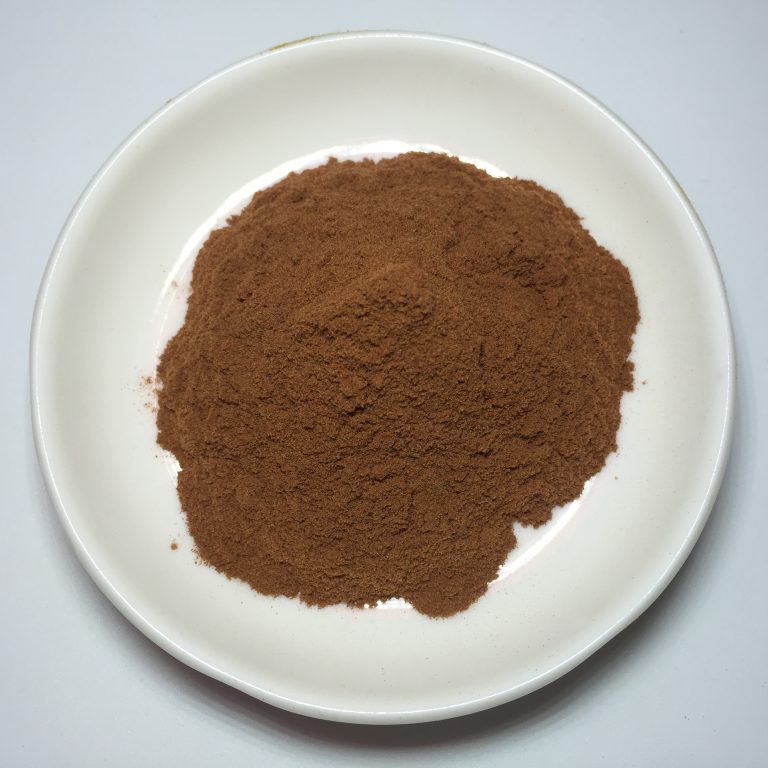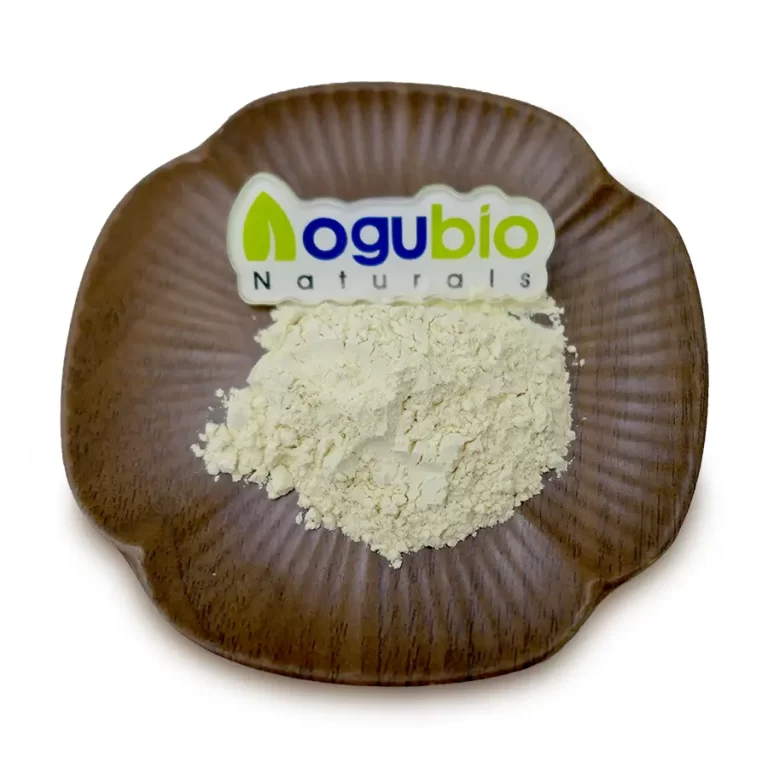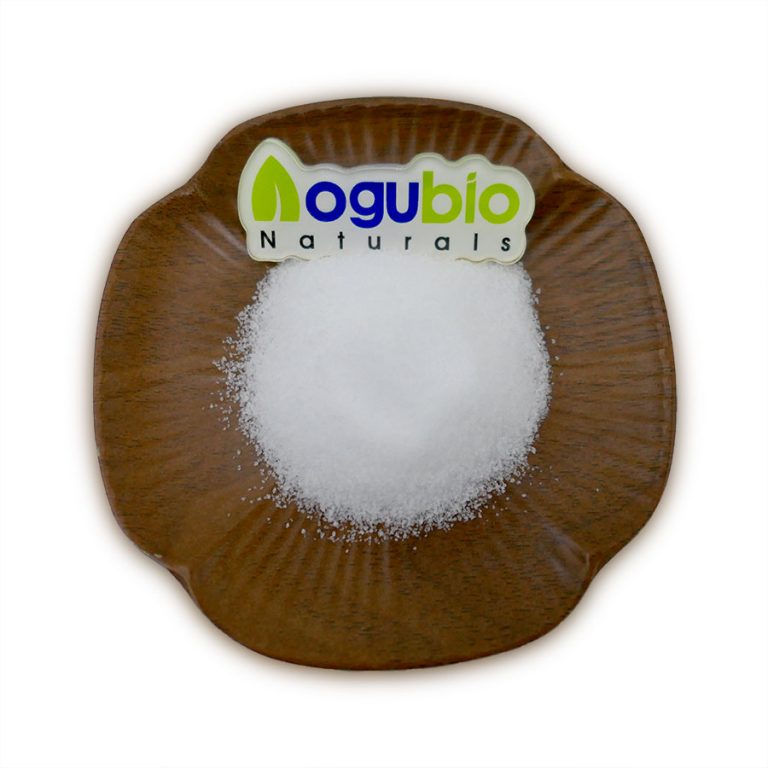What is Arachidonic Acid (AA)?
2019-02-19

What is Arachidonic Acid (AA)?
Arachidonic acid (AA), an omega-6 fatty acid (unsaturated fat) found in the outer layer of most cells in the body. It’s also found in the brain, liver, fat tissue, and other organs. AA is also an important part of the inflammatory reaction, which gets activated during injury or irritation. It gets converted into important inflammatory molecules through different pathways. This process helps heal and restore the function of damaged tissues
Arachidonic acid is an unsaturated, essential fatty acid. It is found in animal and human fat as well as in the liver, brain, and glandular organs, and is a constituent of animal phosphatides. It is formed by the synthesis from dietary linoleic acid and is a precursor in the biosynthesis of prostaglandins, thromboxanes, and leukotrienes.
AA is naturally produced in the body from another molecule (linoleic acid), and can also be supplemented through different foods. It is most popular for its exercise and bodybuilding but also has other benefits in the body such as boosting the immune response. It is also key for the development and growth of infants and is a major component in breast milk.

Health Benefits of Arachidonic Acid
1) Arachidonic Acid Is Needed for Infant Development
Arachidonic acid (AA) is a very important part of infant development and is found at consistent levels in breast milk. Breast milk is vital for infants because the amount of AA naturally supplemented (through production and diet) is less than their bodies require. AA has been added into infant formulas in developed countries for a number of years now
2) Arachidonic Acid For Bodybuilding and Training
Arachidonic acid supplementation (1 g/day) increased energy levels (anaerobic capacity) and reduced inflammation but had no significant effects on muscle mass or strength (DB-RCT of 31 resistance-trained males)
3) Arachidonic Acid Treats Parasitic Infections
Two studies (RCT) evaluated the effectiveness and safety of arachidonic acid (AA) in the treatment of parasites (Schistosoma mansoni) in otherwise healthy school children (66 and 268) in Egypt. When supplemented with AA (10 mg/kg per day for 15 days) alone, a moderate number of the students were cured (65% and 30%) .
But when AA supplementation was combined with an anti-parasitic drug (praziquantel), cure rates significantly improved (91% and 72%). The cure rates were higher than with praziquantel alone (85% and 45%)
4) Arachidonic Acid Is Vital for the Brain
Arachidonic acid and its products are involving in a wide array of functions in the brain, including signal transmission (neuronal firing and synaptic signaling), neurotransmitter release, brain cell (neuronal) gene expression, blood flow to the brain, sleep/wake cycle, and appetite
5) Arachidonic Acid May Protect the Liver
Supplementation with an oil rich in arachidonic acid significantly reduced liver damage in ethanol-treated rats
6) Arachidonic Acid May Potentially Benefit Diabetes
A common cause of type 2 diabetes is the abnormal function of beta-cells, which release insulin required for glucose regulation. In two studies, arachidonic acid stimulated beta-cell growth and insulin secretion. Both concluded that AA regulates and protects beta-cells, which may potentially be useful in patients with type 2 diabetes

Arachidonic Acid Side Effects
Arachidonic acid (AA) supplementation does not seem to cause any side effects or adverse events. In all the clinical studies mentioned, there have been no reports of any unexpected effects on any of the participants. More long-term studies need to be conducted on humans to evaluate whether AA supplementation causes any unwanted side effects.









 Imaherb China manufacturer supply Apple Extract Powder
Imaherb China manufacturer supply Apple Extract Powder Imaherb China manufacturer supply Apigenin Powder 98%
Imaherb China manufacturer supply Apigenin Powder 98% Imaherb Factory supply Alpha Lipoic Acid Powder CAS 1077-28-7
Imaherb Factory supply Alpha Lipoic Acid Powder CAS 1077-28-7 Imaherb Factory supply Alpha GPC Powder CAS 28319-77-9
Imaherb Factory supply Alpha GPC Powder CAS 28319-77-9 Imaherb Factory supply Alliin Powder 98% CAS 556-27-4
Imaherb Factory supply Alliin Powder 98% CAS 556-27-4 skype
skype Sales Manager
Sales Manager Rebekah
Rebekah Rachel
Rachel Miranda
Miranda Camilla
Camilla
 Sales Manager
Sales Manager